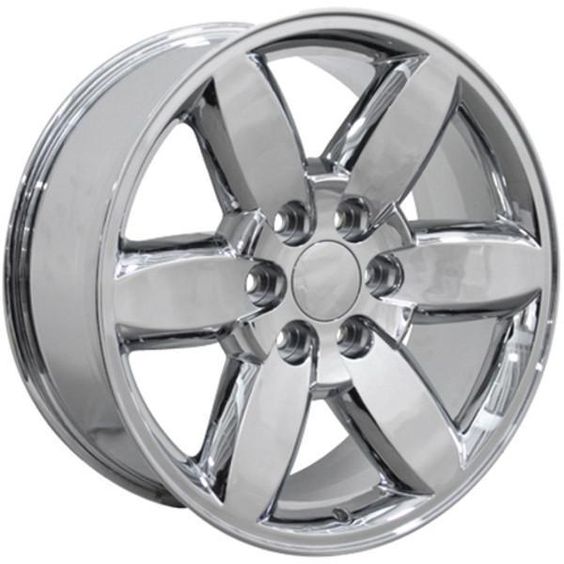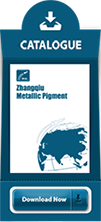Aluminum Paste: The Unsung Hero Behind Modern Metallic Finishes
2025 / 11 / 17


Car wheels, sleek appliance surfaces, elegant packaging—these captivating metallic effects are all thanks to aluminum paste. It's far more than just "silver powder"; it's a high-performance pigment that meets the aesthetic and functional demands of modern industry. The global metallic pigment market (with aluminum paste as a dominant force) is projected to exceed $1.5 billion by 2028, highlighting its crucial role in manufacturing.
So, what makes this material so indispensable? Its superior performance stems from three core technological pillars.
First: The Key of Flake Geometry
The metallic sheen you see doesn't come from spherical powder, but from millions of tiny, flat flakes. This flake geometry is the primary factor determining its performance.
Flake vs. Non-Flake: This is the most basic classification.
Flakes: These flakes are treated with stearic acid, causing them to migrate to the coating surface and form a continuous, overlapping reflective layer. This gives the coating a bright, chrome-like sheen and excellent corrosion resistance.
Non-Flakes: These flakes are treated with oleic acid, ensuring their uniform distribution throughout the coating. This gives it transparency, making it ideal for tinting with other colors and providing excellent interlayer adhesion.
A study in the *Journal of Coatings Technology* confirmed that the aspect ratio (diameter to thickness) of flakes directly affects their reflectivity. Flakes with a higher aspect ratio (typically exceeding 100:1) can increase light reflectivity by more than 300% compared to low-quality granular alternatives.
Two: Precision Manufacturing Process
Process control, such as grinding time, speed, and solvent type, is key to distinguishing high-quality aluminum paste from ordinary aluminum paste.
- Step 1: Raw Material Selection: Because any impurities can cause gas generation, discoloration, and reduced reflectivity, high-purity aluminum must be selected.
- Step 2: Controlled Grinding: Aluminum powder is fed into a ball mill along with precisely proportioned grinding media and lubricant. This process flattens the particles into flakes with a specific size distribution through cold welding.
- Step 3: Filtration and Packaging: The resulting paste is filtered to the desired fineness and then packaged under inert conditions to prevent oxidation and ensure stability.
Third: Advanced Surface Treatments for Modern Applications
To function effectively in harsh environments such as aqueous or strong acid/alkali systems, aluminum sheets require advanced surface modification.
Corrosion Inhibition: Untreated aluminum reacts with water, releasing hydrogen gas—a dangerous phenomenon known as "gas production." Our advanced pastes are encapsulated with silica or polymer coatings for protection.
Authoritative Data: According to our internal accelerated aging tests, properly silica-encapsulated aluminum pastes for aqueous systems do not produce any gas after 30 days at 50°C, while untreated pastes cause containers to swell or rupture in the same timeframe.
Enhanced Compatibility: These treatments ensure uniform dispersion and stability of the aluminum paste in a variety of resin systems, from automotive polyurethanes to industrial epoxy coatings, effectively preventing flocculation and sedimentation.
Don't let inferior pigments limit your formulations.
Welcome to our website https://zqmetallic.com/ to explore our extensive portfolio of high-performance aluminum pastes. For technical consultation or to request free samples, please contact our expert team at info@zqmetallic.com.
Partner with Zhangqiu Metallic Pigments to make your coating systems truly shine.

